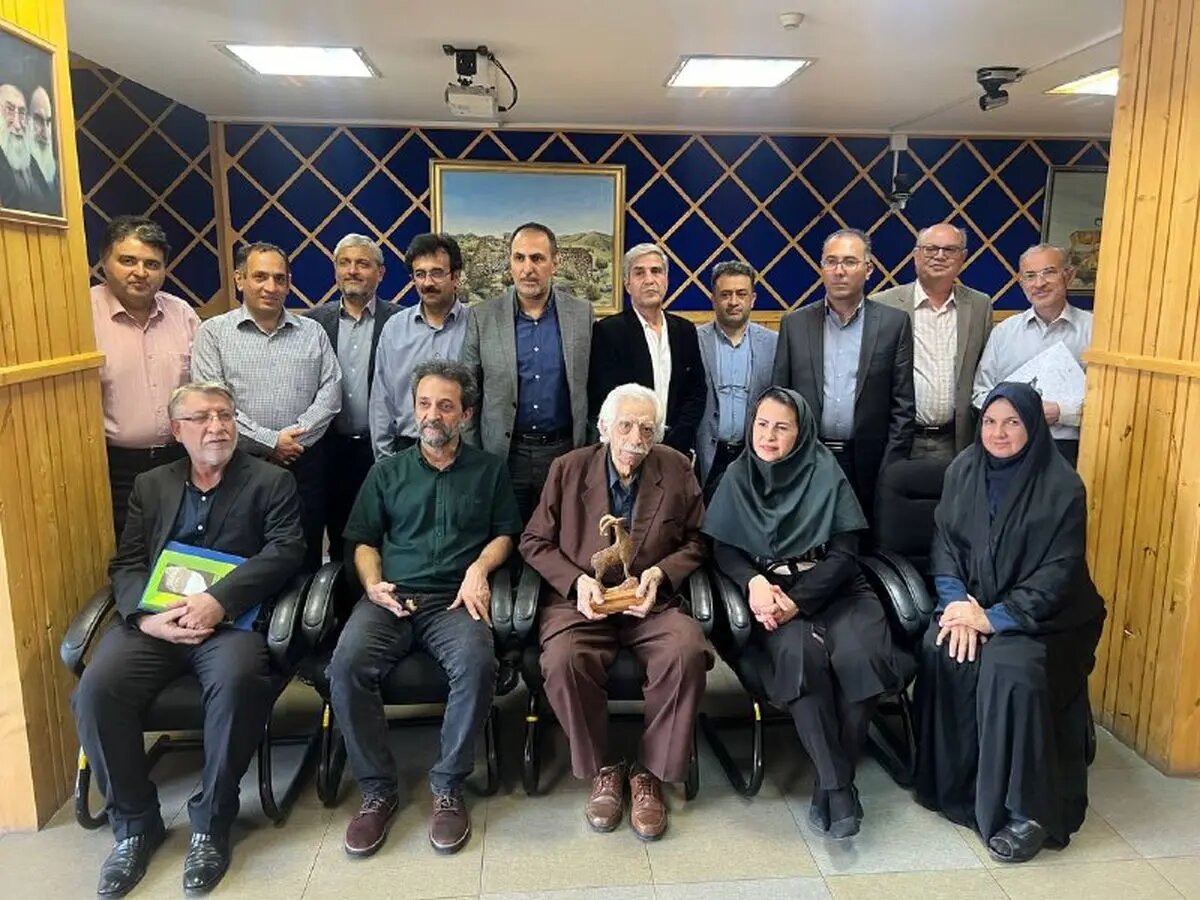Encyclopedia of Iran’s caves unveiled

TEHRAN – A book titled “Comprehensive Encyclopedia of Iran's Caves,” authored by Changiz Sheikhali who is a veteran speleologist, has recently been unveiled in Tehran.
The book marks the first Iranian caving encyclopedia and the unveiling ceremony was held at the 28th national caving task force meeting, ILNA reported on Friday.
"The Iranian caving task force, which includes 13 representatives from the Ministry of Cultural Heritage, Handicrafts and Tourism, Ministry of Interior, Ministry of Energy, Ministry of Science, Ministry of Defense and Armed Forces, Geological Survey, Mapping Organization, Ministry of Education, Natural Resources and Watershed Management Organization, Ministry of Sports (Mountaineering Federation), is the only non-governmental organization and public institution working to examine and protect caves,” explained Javad Nezamdoust, a member of the task force and one of the founders of the Iranian Cave and Speleology Association.
According to Nezamdoust, Sheikhali has dedicated many years to caving in Iran and currently has 16 volumes of books, documenting 1500 caves in Iran.
Sheikhali meticulously documented his scientific and technical observations, culminating in the publication of the encyclopedia after three years of work and effort, Nezamdoost noted.
Iran is geologically part of the Alps-Himalayan natural belt. According to the Britannica Encyclopedia, there is puzzling evidence of human presence on the Iranian Plateau as early as the Lower Paleolithic. The first well-documented evidence of human habitation comes from deposits from several excavated caves and rock shelters located mainly in the Zagros Mountains of western Iran, dated to the Middle Paleolithic or Mousterian period (c. 100,000 BC).
One of the most popular destinations for cave enthusiasts is Ali-Sadr Cave, located near Hamadan. It is a gigantic water-filled cave that is believed to date from the Jurassic era. Another popular cave is Katale-Khor, a limestone cave full of natural crystals believed to date from the Jurassic era, which is located in the northwestern Zanjan province.
The Karaftu Cave ensemble and Quri Qaleh (or Quri Qala Cave) are among the other renowned ones in the country.
Cave tourism is a unique and rewarding form of traveling that allows visitors to discover the hidden wonders of the earth, contribute to the local economy, and support conservation and scientific research.
AM
Leave a Comment